Moonlight gourami - Trichogaster microlepis
Scientific name: Trichogaster microlepis
Common name: Moonlight gourami
Family: Osphronemidae
Usual size in fish tanks: 10 - 13 cm (3.94 - 5.12 inch)
014
Recommended pH range: 6 - 7
Recommended water hardness: 4 - 18°N (71.43 - 321.43ppm)
0°C 32°F30°C 86°F
Recommended temperature range: 26 - 30 °C (78.8 - 86°F)
The way how these fish reproduce: Spawning
Where the species comes from: East Asia
Temperament to its own species: peaceful
Temperament toward other fish species: peaceful
Usual place in the tank: Middle levels
Food and Feeding
The Moonlight Gourami (Trichogaster microlepis) eats a variety of foods, thriving on a balanced diet. They readily accept flakes and pellets but should also be offered live or frozen foods like brine shrimp, bloodworms, and daphnia to stay healthy and maintain their vibrant colors. Feed them small amounts 2-3 times daily, ensuring they get food in community tanks, as their timid nature may stop them from competing with bolder fish. Including a weekly fasting day promotes digestive health and keeps water quality high.
Origin
The Moonlight Gourami comes from Southeast Asia, specifically the calm waters of Thailand and Cambodia. These habitats have warm, soft, slightly acidic water with dense vegetation, which provides shelter and breeding areas.
Sexing
Distinguishing male and female Trichogaster microlepis is straightforward. Males have reddish to orange pelvic fins and a longer, pointed dorsal fin. Females, by contrast, have yellowish pelvic fins and a more rounded dorsal fin, especially outside breeding periods.
Breeding
Moonlight Gouramis build bubble nests at the water’s surface, with males using bubbles and plant material to create the structure. Floating plants like Water Lettuce or Frogbit help stabilize the nest. During courtship, the male performs a dance before wrapping around the female to assist in egg-laying. Each spawn can yield up to 2000 eggs, which hatch in 2-3 days. Males guard the nest until the fry swim freely. Feed the fry infusoria or finely crushed food until they are large enough for daphnia or rotifers.
Lifespan
Moonlight Gouramis can live for 4-5 years in captivity when provided with proper care. Stable water conditions, a good diet, and a stress-free tank environment are essential for their longevity.
Tank Setup
To mimic their natural habitat, use a well-planted aquarium of at least 100 liters (~26 gallons). Floating plants like Amazon Frogbit or Salvinia create shade and encourage natural behaviors. Add driftwood and caves for hiding spots that reduce stress. Keep water parameters within ideal ranges: temperature 26-30°C (78.8-86°F), pH 6.0-7.0, and hardness 4-18°N (71.43-321.43ppm). Gentle filtration is critical to avoid disturbing bubble nests while ensuring clean water:
- Sponge Filter: Provides soft water flow and excellent biological filtration, ideal for breeding tanks or smaller setups.
- Internal Filter: Balances mechanical and biological filtration, suitable for mid-sized aquariums.
- Canister Filter: Works best for larger tanks, offering superior filtration options, but adjust currents to avoid disrupting nests.
Frequent water changes are necessary to maintain water quality and prevent harmful buildup.
Compatible Tankmates
Moonlight Gouramis are peaceful and shy, making them great for community tanks. Suitable tankmates include:
Avoid aggressive or overly active species that may stress the gouramis or outcompete them for food. Adding plenty of hiding spots and visual barriers helps create a harmonious tank environment.
Short Description
The Moonlight Gourami (Trichogaster microlepis) is a peaceful and elegant fish native to Southeast Asia. Their silvery, shimmering bodies and graceful movements make them a stunning addition to any aquarium. Thriving in well-planted tanks with soft, slightly acidic water, they are ideal for community setups. With proper care, they provide a rewarding experience for aquarists of all levels.
Pictures
Bought by aqua-fish.net from jjphoto.dk.
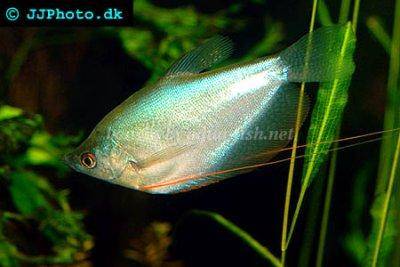


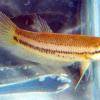 Akar
Akar 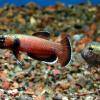 Whiteseam
Whiteseam  Giant
Giant 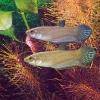 Betta
Betta 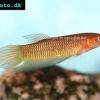 Slender
Slender  Betta
Betta 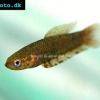 Brown’s
Brown’s  Snakehead
Snakehead 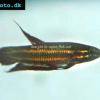 Wine
Wine  Edith’s
Edith’s 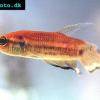 Blue
Blue 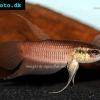 Betta
Betta  Peaceful
Peaceful  Kapaus
Kapaus 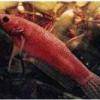 Eyespot
Eyespot  Spotted
Spotted  Forest
Forest 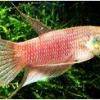 Schaller’s
Schaller’s 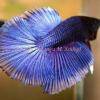 Siamese
Siamese  Chukai
Chukai 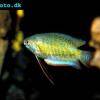 Banded
Banded  Dwarf
Dwarf 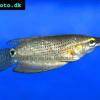 Frail
Frail 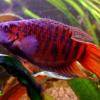 Paradise
Paradise 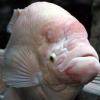 Giant
Giant 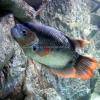 Giant
Giant  Licorice
Licorice 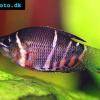 Chocolate
Chocolate 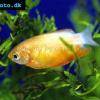 Honey
Honey 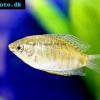 Thick
Thick  Pearl
Pearl  Snakeskin
Snakeskin 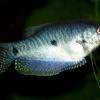 Blue
Blue